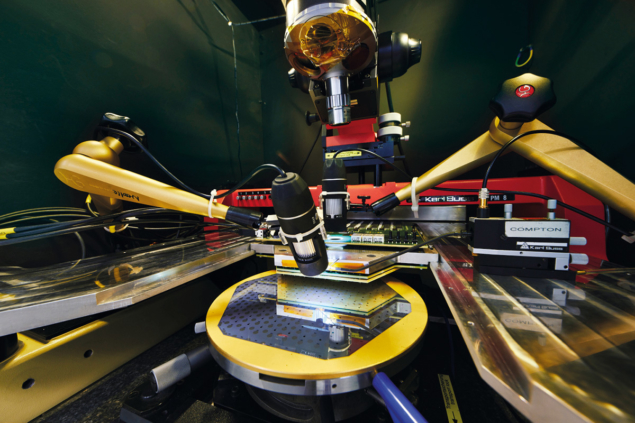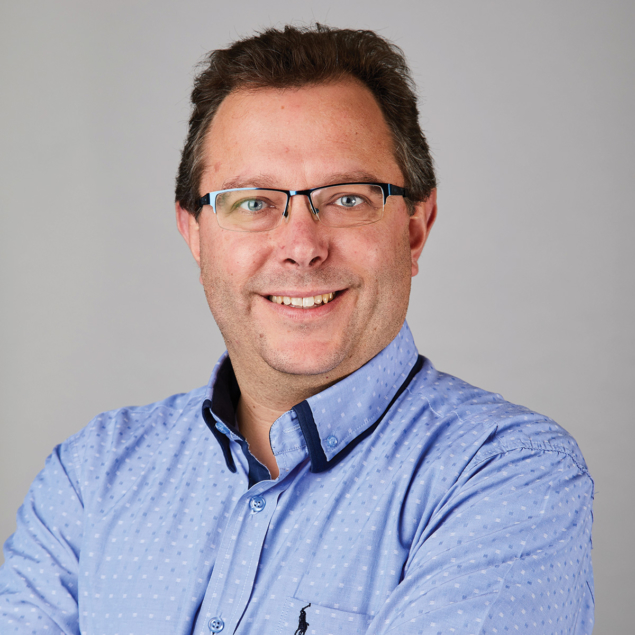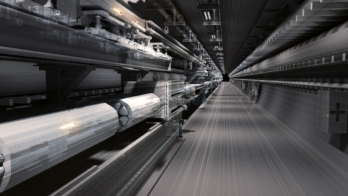With the strategy discussion behind us, we need to focus on getting things done together by pursuing technical and scientific synergies between Higgs factories, says Jorgen D’Hondt.

The recently completed European strategy for particle physics (ESPP) outlines a coherent and fascinating vision for an effective and efficient exploration of the most fundamental laws of physics. Scientific recommendations for the field provide concrete guidance and priorities on future research facilities and efforts to expand our current knowledge. The depth with which we can address open mysteries about the universe depends heavily on our ability to innovate instrumentation and research infrastructures.
The ESPP calls upon the European Committee for Future Accelerators (ECFA) to develop a global detector R&D roadmap to support proposals at European and national levels. That roadmap will define the backbone of the detector R&D needed to implement the community’s vision for both the short and long term. At its plenary meeting in November, ECFA initiated a roadmap panel to develop and organise the process to realise the ESPP goals in a timely fashion. In addition to listing the targeted R&D projects required, the roadmap will also consider transformational, blue-sky R&D relevant to the ESPP.
Six technology-oriented task forces will capture each of the major components in detector instrumentation: gaseous and liquid detectors; solid-state detectors; photon detection and particle-identification; calorimetry; and quantum and emerging technologies. Along with three cross-cutting task forces devoted to electronics, integration and training, these efforts will proceed via in-depth consultation with the research community. An open symposium for each task force, due to be held in March or April 2021, will inform discussions that will eventually culminate in a roadmap document in the summer. To identify synergies and opportunities with adjacent research fields, an advisory panel – comprising representatives from the nuclear and astrophysics fields, the photon- and neutron-physics communities, as well as those working in fusion and space research – will also be established.
The roadmap will also consider transformational, blue-sky R&D relevant to the ESPP
In parallel, with a view to stepping up accelerator R&D, the European Laboratory Directors Group is developing an accelerator R&D roadmap as a work-plan for this decade. Technologies under consideration include high-field magnets, high-temperature superconductors, plasma-wakefield acceleration and other high-gradient accelerating structures, bright muon beams, and energy-recovery linacs. The roadmap, to be completed on a similar timeline as that for detectors, will set the course for R&D and technology demonstrators to enable future facilities that support the scientific objectives of the ESPP.
Gathering for a Higgs factory
The global ambition for the next-generation accelerator beyond the HL-LHC is an electron–positron Higgs factory, which can include an electroweak and top-quark factory in its programme. Pending the outcome of the technical and financial feasibility study for a future FCC-like hadron collider at CERN, the community has at this stage not concluded on the type of Higgs factory that is to emerge with priority. The International Linear Collider (ILC) in Japan and the Future Circular Collider (FCC-ee) at CERN are listed, with the Compact Linear Collider (CLIC) as a possible backup.

It goes without saying, and for ECFA within its mandate to explore, that the duplication of similar accelerators should be avoided and international cooperation for creating these facilities should be encouraged if it is essential and efficient for achieving the ESPP goal. At this point, coordination of R&D activities is crucial to maximise scientific results and to make the most efficient use of resources.
Recognising the need for the experimental and theoretical communities involved in physics studies, experiment designs and detector technologies at future Higgs factories to gather, ECFA supports a series of workshops from 2021 to share challenges and expertise, and to respond coherently to this ESPP priority. An international advisory committee will soon be formed to further identify synergies both in detector R&D and physics-analysis methods to make efforts applicable or transferable across Higgs factories. Concrete collaborative research programmes are to emerge to pursue these synergies. With the strategy discussion behind us, we now need to focus on getting things done together.





